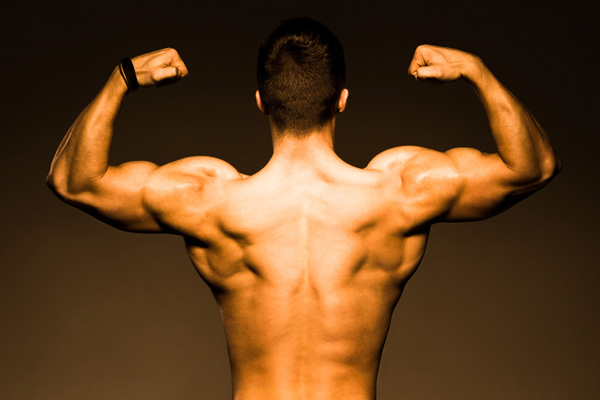Can we go too far in making our churches “guy friendly?”
It has not been a good year for advocates of man-friendly Christianity.
Mark Driscoll, America’s most prominent guy-focused pastor, was forced to step away from the pulpit after he was repeatedly accused of boorish behavior. Heath Mooneyham, pastor of the so-called “most masculine church in America” was arrested for driving under the influence. A controversial film about cage-fighting pastors has raised a lot of eyebrows – and garnered some negative publicity.

Are these isolated incidents? Are we seeing character flaws in individual men – or does something unhealthy surface when churches place too much emphasis on reaching guys?
At Church for Men, we regularly point out the ways churches tend to artificially feminize the faith. Most Christian institutions focus on the softer, more relational aspects of Christianity, which appeal to the church’s key constituency: middle-age women.
But a few congregations make the opposite mistake: they artificially masculinize the faith.
The key word in both of these errors is artificial. There’s nothing wrong with doing guy-oriented things in church. Nor is it a sin to target ministry toward women. The error comes when we allow posturing to take the place of substance.
It’s very hard to know when you’ve crossed the line from substance to posturing. For example, I see nothing wrong with having a special worship service with a football-oriented theme – but others may see that as posturing. How about ladies’ teas or scrapbooking nights at church? Are these biblically acceptable, or are we pandering to a certain kind of women?
So how can church leaders avoid both extremes? It begins within the heart.
In 2009 I released a book titled: The Map: The Way of All Great Men. I identified the three journeys every great man walks. I call them the Journey of Submission, The Journey of Strength, and The Journey of Sacrifice.
The first and final journeys move a man in the feminine direction; the second moves him in a masculine direction. Here’s a simple map diagram of these three journeys:

The Journey of Submission is where our faith begins. During this journey Jesus leads a man toward the feminine side of his heart. The man learns to love God – and to be loved by Him. The man puts aside willfulness, self-sufficiency and ego, while learning to depend on the Lord. The fruit of the spirit passage in Galatians 5 is a shortlist of the characteristics every man must embrace in this early stage of faith.
Gentleness, meekness and submission become the foundation of a successful faith walk. It’s the solid rock upon which we build our lives as Christians. (Matthew 7:24-27)
However, if a man skips the Journey of Submission and moves too quickly into the Journey of Strength he will begin to experience the kinds of problems Mark Driscoll and Heath Mooneyham have. I believe these men truly love God. I admire their zeal to reach men. Their hearts are in the right place. But their foundation is cracked (or incomplete). They lack the bottom layer of submission, kindness and grace that supports a man as he walks in strength.
Now, apply this to your church: as you reach out to men, are you doing so from a foundation of submission? Kindness? Meekness? If there genuine humility? Or are you simply doing guy-oriented stuff and calling it Christian? Or worse, are you attempting to sanctify sophomoric behavior, in the name of Jesus?
I’ll close with a metaphor I use in my first book, Why Men Hate Going to Church: Most churches wrap the Gospel in a frilly pink package – but the solution is not to re-wrap the Gospel in a camouflage. The solution is to rip the packaging off. Present Jesus as he is – and he will draw all men and women to himself.
So what do you think? Is man-oriented Christianity inherently flawed? Does your church do a good job reaching out to men? Where would you draw the line between substance and posturing? Leave your comments below, or join the conversation on Facebook.
















